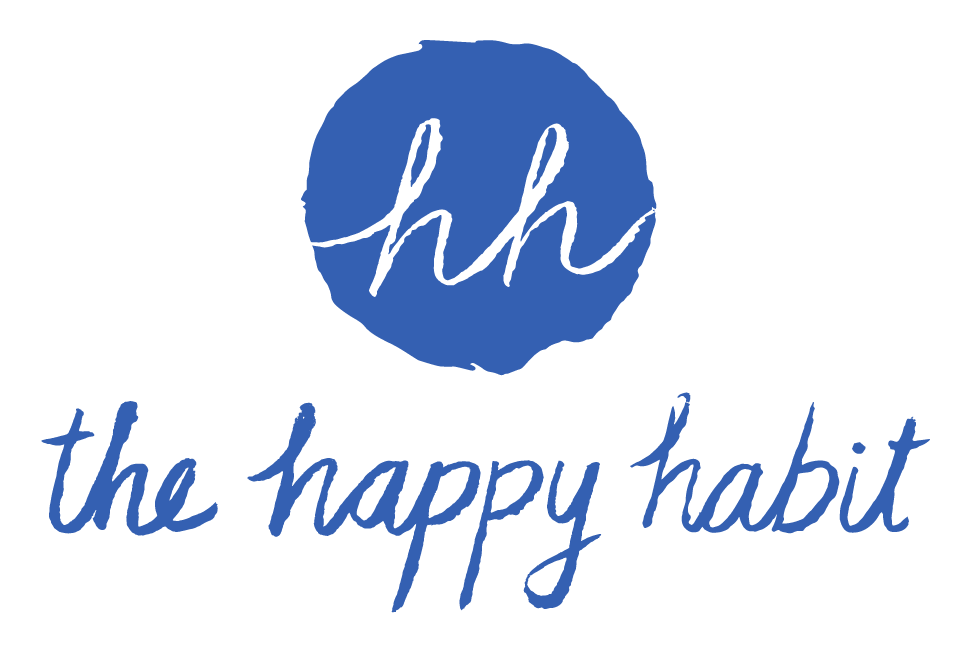Insights from an Expert: Short Meditation Guide
5 most common meditation myths
Meditation is becoming more common in the Western world.
There are hundreds of meditation apps, you can take a meditation class at the gym, at work, or from your Instagram account. But even as this ancient practice makes its way into mainstream culture, there are still a lot of misconceptions out there about meditation. Let’s take a look at the five most common meditation myths and debunk them so that you can feel more confident and ready to establish your own meditation practice and set yourself up for success.
Meditation Myth #1:
Meditation is about calming your mind and reaching a place of Zen.
When people think that meditation is about stopping their thoughts, they end up sitting down and wrestling with their mind for twenty minutes. The truth is that just as our eyes are designed to see, our minds are designed to think. It’s not possible to stop thinking all together. Meditation is therefore not about stopping your thoughts, it’s about creating some space between you and your busy thinking mind. In meditation, we notice that we are thinking, and instead of getting pulled in by these thoughts, we come back to our breath and the sensations in our body. The goal is not to stop your thoughts, it’s to notice them!
And remember, even the most experienced meditators will notice that they are thinking. But they will smile and come back time and time again to their breath and their commitment to sitting in spacious awareness.
Meditation Myth #2:
You need to sit with your back straight
Sitting with your back straight on the hard floor for twenty minutes might work for some people, but for most of us it will result in feelings of tension, irritability and frustration. Comfort is key when meditating. It’s okay to have your back supported against the wall, to sit in a chair or even to lie down. Think of meditation as an opportunity to listen to your body and what it really needs. Adjust your meditation posture accordingly and feel good about trusting yourself.
Meditation Myth #3:
You need to sit for at least 20 minutes
Sure, if you have the time, sit for twenty minutes. But also know that research suggests that even five minutes in meditation is enough to alter your mood and outlook. Start small and go from there. If you have five minutes before the kids get home from school or your train arrives, pause, close your eyes and focus on your breath. You’ll be amazed how even a few minutes of mindful breathing can relax your body and improve your outlook.
Meditation Myth #4:
Meditation is for spiritual people
Meditation is simply the practice of meeting yourself in the present moment. It includes focusing your awareness on your breath and sensations within your body. You do not need to be a spiritual person to do this.
Meditation Myth #5:
You need a quiet place to meditate
My motto is ‘an imperfect meditation practice is better than no meditation practice’. I began meditating 12 years ago when I had three very small children. I meditated on their bedroom floors, at the park, on the couch when they were watching cartoons and so on. If you are interrupted when mediating that’s okay too. Weave the interruptions into your practice, noticing what it did to the state of your thoughts, your breath or your body. Remember that everytime you come back to your commitment to be present, you are strengthening your neural pathways for awareness and presence.
Now that you have a more accurate understanding of meditation and some realistic expectations about how meditation should look and feel, you are ready to give it a try!
The Happy Habit app is a great place to start, with one down-to-earth Australian voice, one science backed framework for happiness that lasts, you can relax knowing that every meditation is a step towards inner happiness.
This blog is for people new to mindfulness, meditation and personal development. If you have been in the ‘wellness game’ for a while and would like a more in-depth and nuanced take on how to be a good human in a complex world, subscribe to my free fortnightly newsletter.




